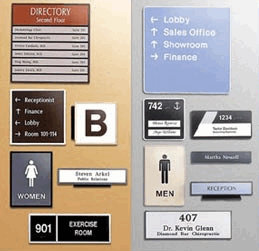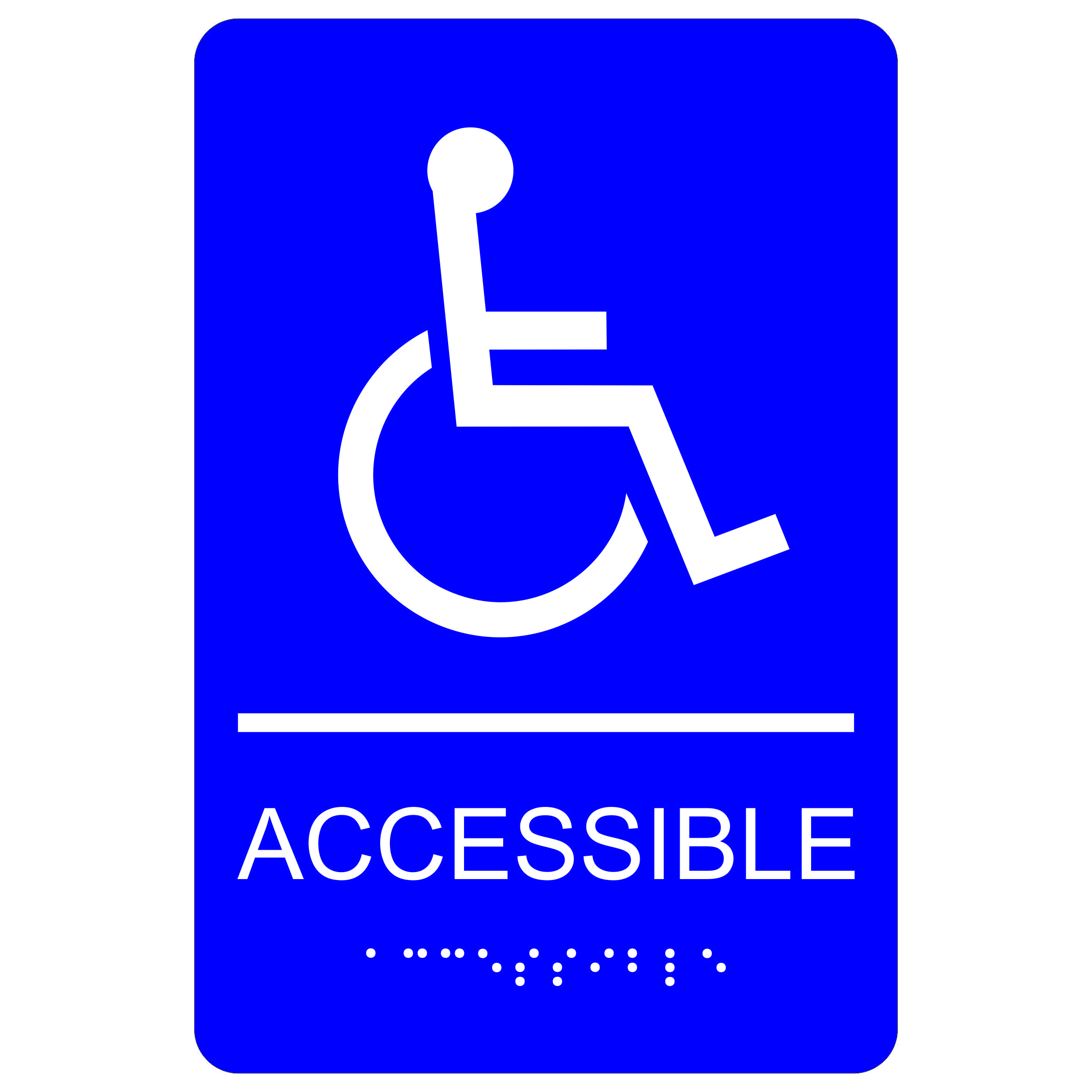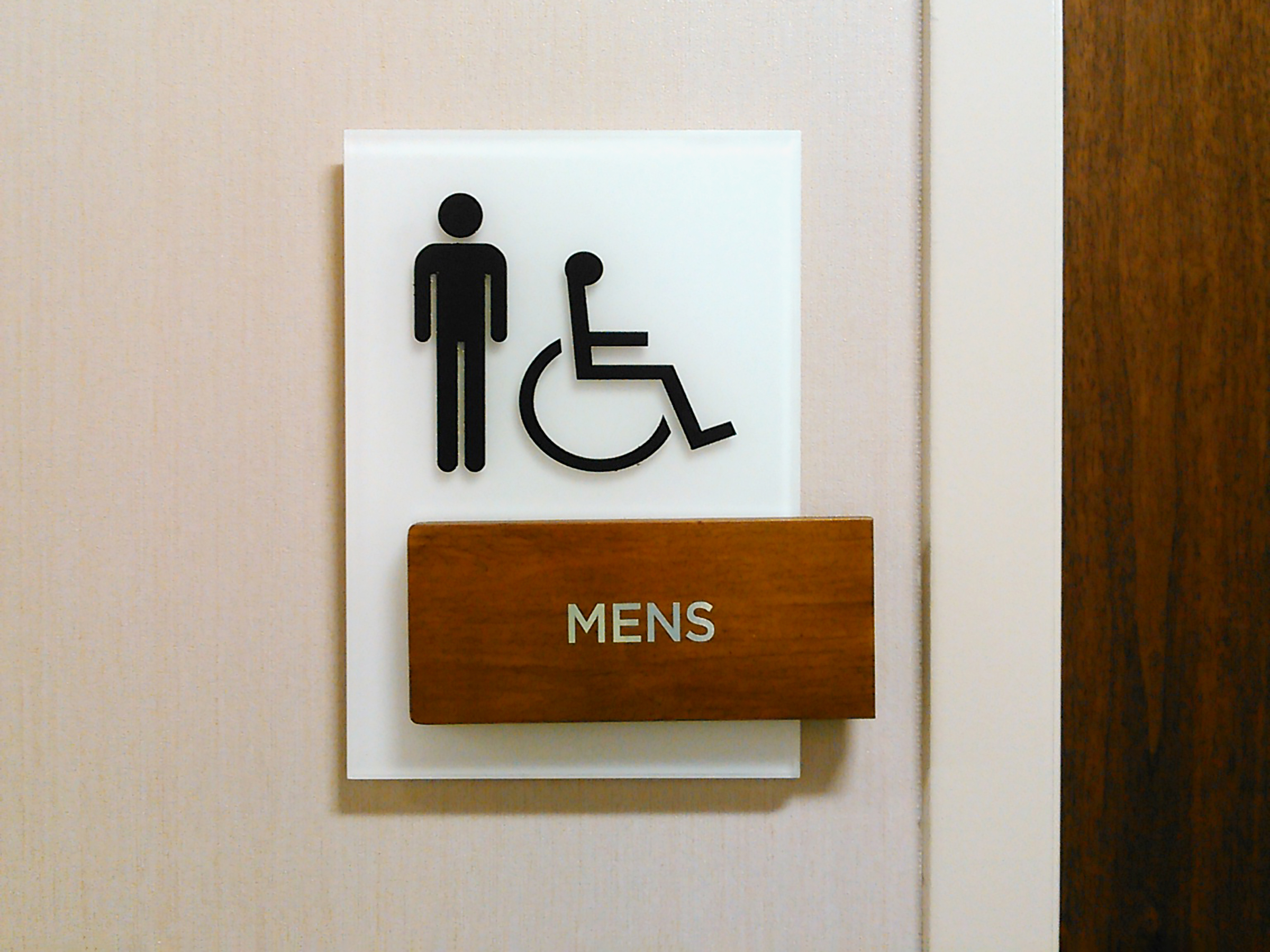Checking Out Imaginative Styles for Effective ADA Signs
Checking Out Imaginative Styles for Effective ADA Signs
Blog Article
Discovering the Key Attributes of ADA Signs for Improved Ease Of Access
In the world of availability, ADA indications function as quiet yet powerful allies, guaranteeing that spaces are inclusive and accessible for people with handicaps. By incorporating Braille and tactile elements, these indicators break obstacles for the aesthetically damaged, while high-contrast color pattern and clear font styles provide to varied visual needs. Additionally, their calculated positioning is not approximate but instead a calculated effort to help with smooth navigating. Past these features exists a deeper story regarding the advancement of inclusivity and the ongoing dedication to creating fair areas. What much more could these signs represent in our search of universal access?
Significance of ADA Compliance
Making certain conformity with the Americans with Disabilities Act (ADA) is crucial for fostering inclusivity and equivalent gain access to in public spaces and offices. The ADA, enacted in 1990, mandates that all public facilities, employers, and transport solutions suit people with disabilities, guaranteeing they enjoy the very same civil liberties and chances as others. Compliance with ADA standards not just fulfills legal obligations however also boosts an organization's reputation by demonstrating its dedication to variety and inclusivity.
One of the key facets of ADA conformity is the implementation of available signs. ADA indications are designed to make certain that people with specials needs can conveniently browse via rooms and buildings.
Additionally, adhering to ADA laws can alleviate the risk of legal effects and possible fines. Organizations that fail to adhere to ADA guidelines may deal with lawsuits or fines, which can be both financially difficult and harmful to their public picture. Therefore, ADA compliance is indispensable to promoting a fair atmosphere for everyone.
Braille and Tactile Aspects
The unification of Braille and responsive aspects into ADA signage symbolizes the concepts of access and inclusivity. It is commonly placed under the matching text on signage to make certain that people can access the info without visual help.
Responsive components extend past Braille and include elevated symbols and personalities. These parts are designed to be discernible by touch, enabling individuals to recognize area numbers, toilets, leaves, and other vital locations. The ADA establishes specific guidelines pertaining to the dimension, spacing, and positioning of these responsive aspects to enhance readability and ensure consistency throughout various environments.

High-Contrast Shade Schemes
High-contrast color design play a critical role in boosting the presence and readability of ADA signs for people with aesthetic disabilities. These schemes are necessary as they optimize the difference in light reflectance between message and background, guaranteeing that indications are easily noticeable, also from a range. The Americans with Disabilities Act (ADA) mandates making use of particular color contrasts to accommodate those with restricted vision, making it a crucial element of conformity.
The effectiveness of high-contrast colors exists in their capability to stand out in various lighting conditions, consisting of poorly lit environments and locations with glow. Typically, dark message on a light background or light message on a dark background is utilized to attain optimal comparison. Black message on a yellow or white history offers a stark visual difference that helps in fast recognition and understanding.

Legible Fonts and Text Dimension
When taking into consideration the style of ADA signs, the selection of clear typefaces and appropriate message dimension can not be overemphasized. The Americans with Disabilities Act (ADA) mandates that font styles should be not italic and sans-serif, oblique, script, extremely decorative, or of uncommon type.
The dimension of the message likewise plays a critical function in ease of access. According to ADA guidelines, the minimal text elevation ought to be 5/8 inch, and it should enhance proportionally with viewing distance. This is specifically essential in public rooms where signage requirements to be reviewed quickly and accurately. Uniformity in message dimension adds to a natural visual experience, assisting individuals in navigating environments effectively.
Furthermore, spacing between lines and letters is important to readability. Ample spacing stops characters from appearing crowded, enhancing readability. By adhering to these requirements, designers can dramatically improve availability, making certain that signage serves its designated purpose for all people, despite their aesthetic abilities.
Reliable Placement Methods
Strategic placement of ADA signs is vital for optimizing ease of access and making certain conformity with legal requirements. Properly positioned indicators guide individuals with specials needs properly, helping with navigating in public great post to read rooms. Secret considerations include elevation, presence, and distance. ADA guidelines stipulate that indicators should be placed at view publisher site an elevation between 48 to 60 inches from the ground to guarantee they are within the line of sight for both standing and seated individuals. This common elevation array is crucial for inclusivity, making it possible for mobility device users and individuals of differing heights to gain access to information easily.
Additionally, signs must be positioned adjacent to the lock side of doors to permit easy identification prior to entrance. Consistency in sign positioning throughout a center boosts predictability, minimizing complication and enhancing general user experience.

Final Thought
ADA signs play a crucial function in advertising access by incorporating features that resolve the needs of people with impairments. These elements collectively cultivate an inclusive atmosphere, highlighting the importance of ADA compliance in making certain equal accessibility for all.
In the realm of accessibility, ADA indicators offer as silent yet effective allies, making sure that areas are inclusive and navigable for individuals with handicaps. The ADA, established in my latest blog post 1990, mandates that all public facilities, employers, and transport solutions fit people with disabilities, guaranteeing they enjoy the exact same rights and opportunities as others. ADA Signs. ADA indicators are developed to make certain that individuals with handicaps can conveniently navigate via structures and spaces. ADA guidelines specify that indicators must be installed at a height in between 48 to 60 inches from the ground to ensure they are within the line of view for both standing and seated people.ADA signs play an important role in advertising access by incorporating attributes that address the needs of individuals with impairments
Report this page